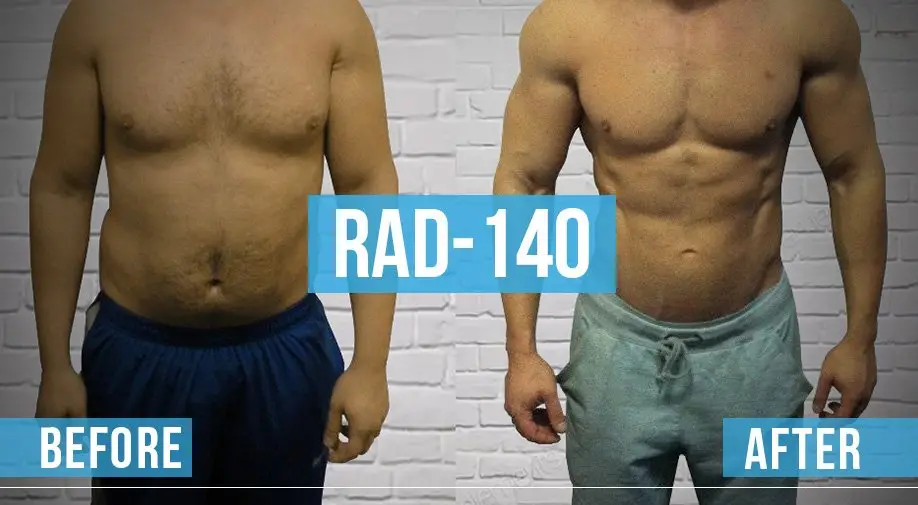-

Weight Loss Program
Visit
-

Weight Loss Program
Visit
-

Weight Loss Program
Visit
-

Weight Loss Program
Visit
-

Weight Loss Program
Visit

Showing posts with label orbital fat loss before and after pictures. Show all posts
Showing posts with label orbital fat loss before and after pictures. Show all posts



















